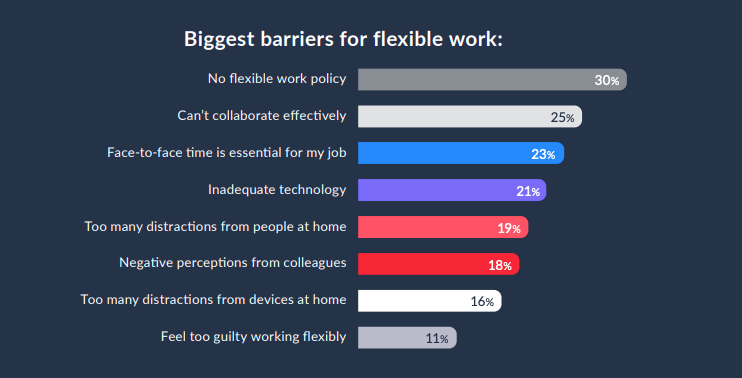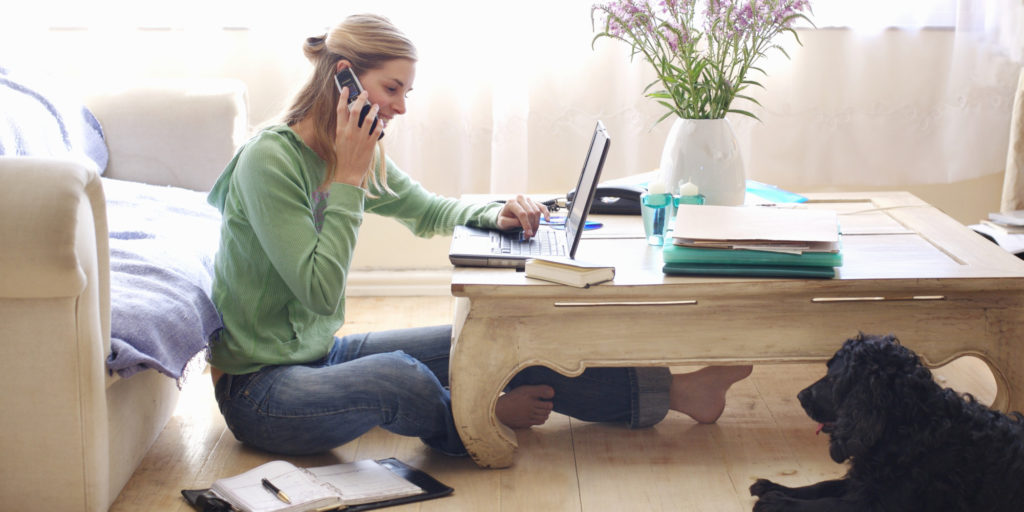What was once a deal sweetener in an employment offer is fast becoming a non-negotiable for many Aussie workers. The desire to work flexibly is surpassing benefits like extra compensation and increased holiday hours, with employees prioritising the ability to break away from the four walls of their office and work at a time, place and pace that suits them best.
Recent technological advancements have made remote work much easier to achieve with a plethora of platforms offering new and exciting ways to streamline tasks, communicate with colleagues and collate important information – all with the click of a button. However, there is such a thing as too much of a good thing.
While employees have gotten used to working remotely, productivity hasn’t always kept up the same pace. This could come down to a variety of factors: a lack of clarity around accountability, poor communication, or tech not entirely suiting their needs.
It’s not that technology itself is a hindrance. It’s having the wrong type, or too much of it, that can halt productivity and reveal negative emotions.
There is however another barrier which needs to be addressed; distrust. Some employees don’t trust that their colleagues are working hard enough when working remotely.
A lot of this perception boils down to not looking at team members sitting at their desks. If you can’t physically see your fellow staff working away, you just have to trust that they are. Pair that with a lack of face-to-face time and poor communication over email or workplace messaging platforms and, left unchecked, these trust issues can snowball into something much larger.
Flexible hours are products of a changing workforce, and whilst teams may need to commute to the office, often it’s only for a few days a week. It’s critical organisations acknowledge the challenges they face for employees to maintain their health and wellbeing and look for ways to keep accountability and communication at an optimal level, both in and out of the office.
Many companies may not have the right culture or technology in place to support working from home and here may be the major issue.
Feeling the pressure
Whilst working at home can generate ‘quiet time’ and longer periods to work on difficult tasks, it doesn’t necessarily correlate with higher productivity. Sometimes employees can find their workplaces overwhelming or stressful at times. Employers should pay attention to this.
If your people are using working from home as relief, they might not be in the best frame of mind to work productively. Employees can feel pressured from senior staff to work more hours than they would in the office for instance, and this can lead to feelings that their work won’t be noticed. It is results like these that highlight the importance of implementing the right strategies for HR teams to check-in with all staff regularly.
1 people feel in their 4 efforts aren’t noticed if they work out of the office.
77% of people find their work environment stressful or overwhelming
Employee attitudes towards flexible work
Slacking off at home?
It’s not uncommon for questions to arise when a colleague announces they are working from home for the day, with many believing their co-workers are taking advantage of the situation or even being lazy. While this isn’t necessarily true, the perception of their colleagues believes they’re “slacking off” or are less accountable for their daily tasks. Poor communication could be the culprit here. Clear communication of the status of work is often enough to simmer those simmering tensions.
Prioritising what matters most
Employees’ reasons for wanting flexible work options aren’t overly complicated. Yes, it can be for geographical reasons – Australia is seeing an increase in ‘e-changers’ escaping the hustle and bustle of the city for a quieter coastal or rural life – but it’s also a great way to avoid a long commute, have a better work-life balance and concentrate on work that requires focused thinking in a quiet, distraction free environment.
Older employees see it as a way to tap into their most productive hours, such as early in the mornings when more alert, or later at night when their children are in bed. These are opportunities that might genuinely result in improved moods if these staff are given the right tools to succeed.
The most common reasons people cited for wanting to work remotely where:
- Desire to spend more time with family
- Working during convenient hours
- Time to attend ‘life admin’ tasks
- Improving physical and mental health
- Reduced commute time
Flexibility leads to a happier outlook
Millennials and women are looking to better manage their ‘life admin’ obligations. Life isn’t getting less busy anytime soon and we know from research that having a diverse workforce (multi-generational and gender balanced, among other things) can lead to improved retention rates.
Greater flexibility from managers have seen an understanding that these ‘life admin’ tasks often were once a hinderance and would disrupt the flow of work, now being accepted. Simply being able to duck away from the home office for 20 minutes can see employees make up the time later in the night because that trust has been established

Where to from here?
It’s clear there are some important communication and accountability gaps that need to be addressed, however many employees are now used to working from a different location and consider their work productivity to be of an acceptable standard.
So, how can you ensure that you maintain your health and wellbeing throughout all of this?
1. Keep a routine
Just because we’re not commuting to a workplace each day doesn’t mean we can’t create structure around our day. In fact, maintaining daily routines is a vital tool to help keep us mentally well.
Common rituals that can help create a sense of structure and normality are things like exercise and social connection. Sometimes even wearing the clothes you would normally wear to the office can help.
2. Create pockets of certainty
Set up specific times for our daily rituals – exercise, meals, social connection, sleep, or entertainment.
3. Establish ground rules
We also need to set boundaries around our work schedule and ensure there is a clear delineation between working hours and downtime.
That might mean confining work to a certain part of your home or wearing different clothes than you do for leisure time.
4. Reach out to fellow staff
If you enjoy having lunch with workmates, schedule in a lunchtime video catch-up where you can sit around and chat as you usually would. To help reduce the isolation, reach out to someone else in the organisation and meet new people.
5. Get outside at least once a day
Go for a walk, get some fresh air, and sunshine. It can clear your mind.
6. Get outside at least once a day
Don’t stop participating in activities you enjoy because you aren’t feeling like it. Separating yourself from the toxic thoughts can reduce anxiety.
7. Breathing Techniques
Step away from your work station, change your view and introduce breathing exercises or meditate for a few minutes. Changing up your environment will help to switch off, calm down and relax.
If there are other things that help you relax (e.g., a walk or listening to music) you could try these too.
Get your foundations right
Employees want quick and efficient face-to-face chats that will allow for the nuances of communication to be more apparent and to know they’re being recognised for their efforts.
It all comes back to trust
Let’s bring it back to trust again, because it really is the key ingredient in staying positive, hard-working and engaged. At a foundational level, trust is what will make or break your mental health. Feeling connected to one another will lead to stronger trust levels, as well as a variety of other benefits, such as lower levels of anxiety and depression, greater empathy for others, better collaboration and higher self-esteem.


